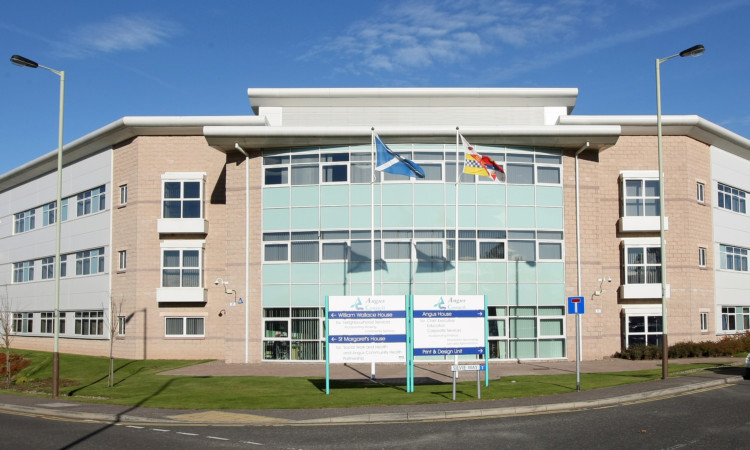There is a “disturbing” variance in sickness rates among top council earners in Courier country, it has been claimed.
A handful of top earners at Angus Council have taken three months’ worth of sick days since 2008/09.
A Freedom of Information investigation has revealed the authority holds the worst sickness absence record in Tayside and Fife for top brass earning more than £100,000.
The 90 sick days taken by the high-earning band of between two and six (variable per year) Angus officers is double the 45 days lost to the four highest earners at the next most sickly council Perth and Kinross.
Every sick day taken by a staff member earning in excess of £100,000 costs the public purse at least £277 in wages before tax, not taking into account annual leave.
That means that over the last fiveyears Angus and Perth councils havepaid out at least a combined £37,395 for days missed by some of their top officials.
Dundee City Council lost 29 sick days to their five most highly paid staff from 2008 to September this year.
The seven best-rewarded employees at Fife Council took just five days from 2008 to June this year.
Stirling Council refused to provide figures, claiming it could lead to the identification of an individual.
Clackmannanshire Council have no staff earning more than £100,000, and none of Falkirk Council’s top brass took any sick days.
Eben Wilson of Taxpayer Scotland said: “The variability of these figures is disturbing.Councils owe it to the taxpayers paying for such high salaries to look closely at any sudden rise in sickness rates.
“No one can complain if illness keeps someone from their work, but the public sector has been noted for high rates of non-attendance so an openly vigilant approach to control losses of productive time is vital.”
The majority of Angus absences came in 2009/10 when 62 sick days were taken by five staff on six-figure salaries.
A spokeswoman for Angus Council said: “The five-year annual average absence rate for these officers over this period is 1.15%. That compares with an overall average for all council employees of around 5%.”
The big four earners at Perth and Kinross Council had not taken a sick day since the end of 2009 but have already taken 44 days off this year. A spokesman for the council said there was no explanation other than staff had to take sickness absence days.
A 30-year survey from the Confederation of British Industry, released in July, found average sick days in the public sector fell from 8.1 to 6.9 over the last two years, while the private sector went from 5.9 to 4.9.
Linda Frew, HR services manager at Fife Council, said the authority’s absence rate amongst senior managers is in line with what should be expected.
A Dundee City Council spokesman said: “All council employees are included in the local authority’s sickness absence management procedure.”
